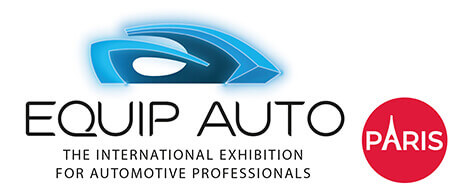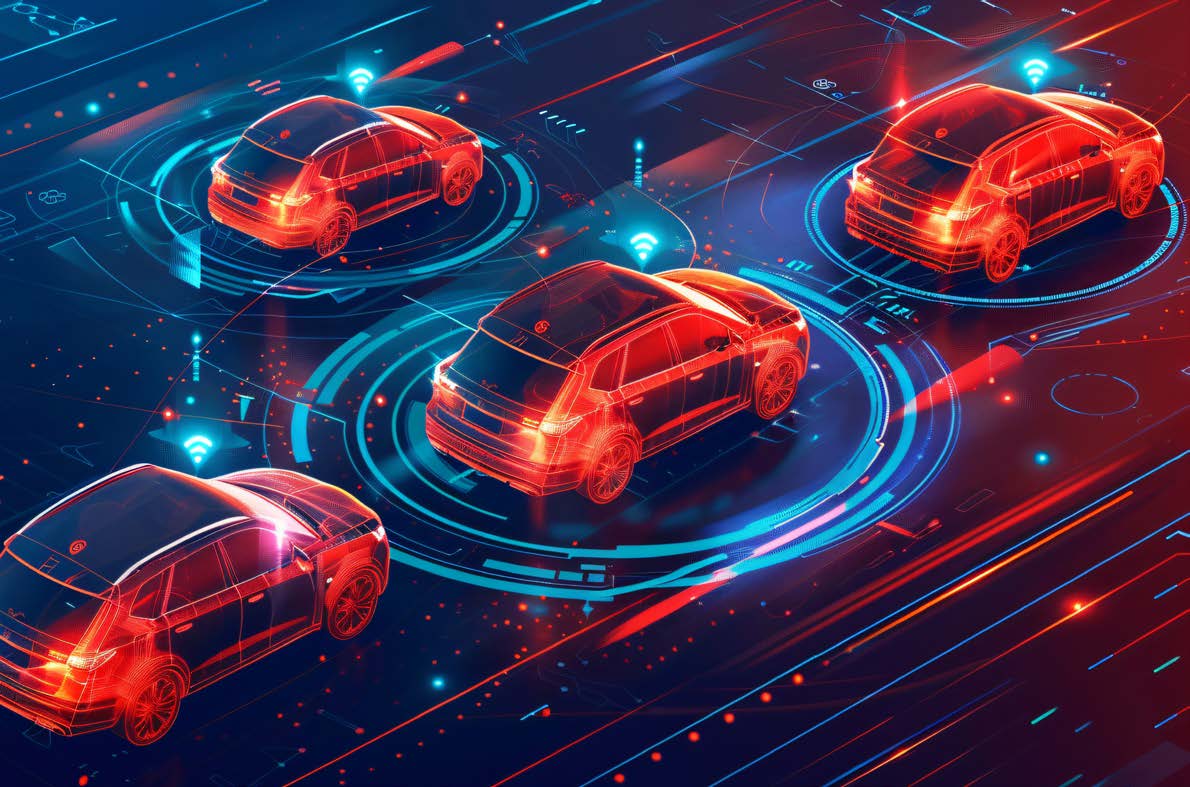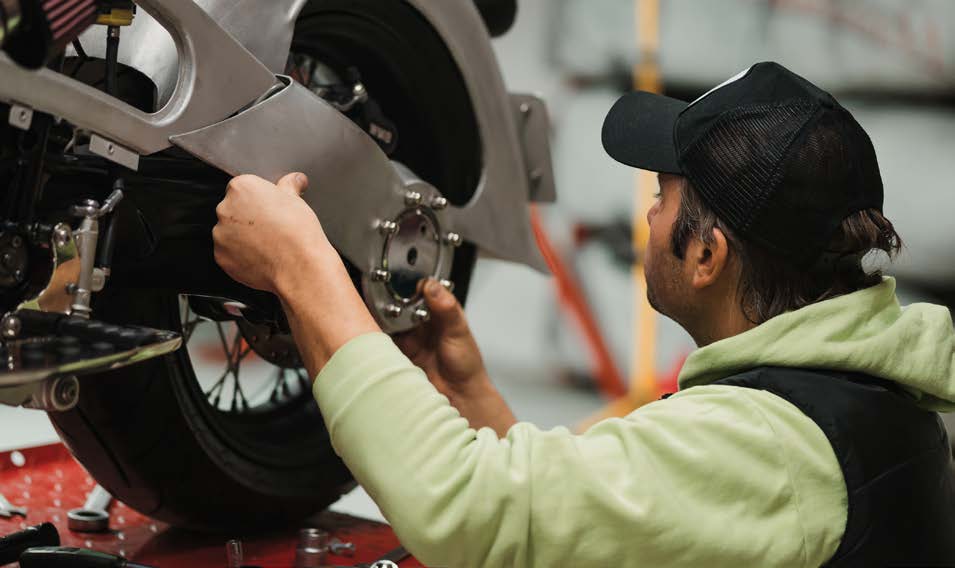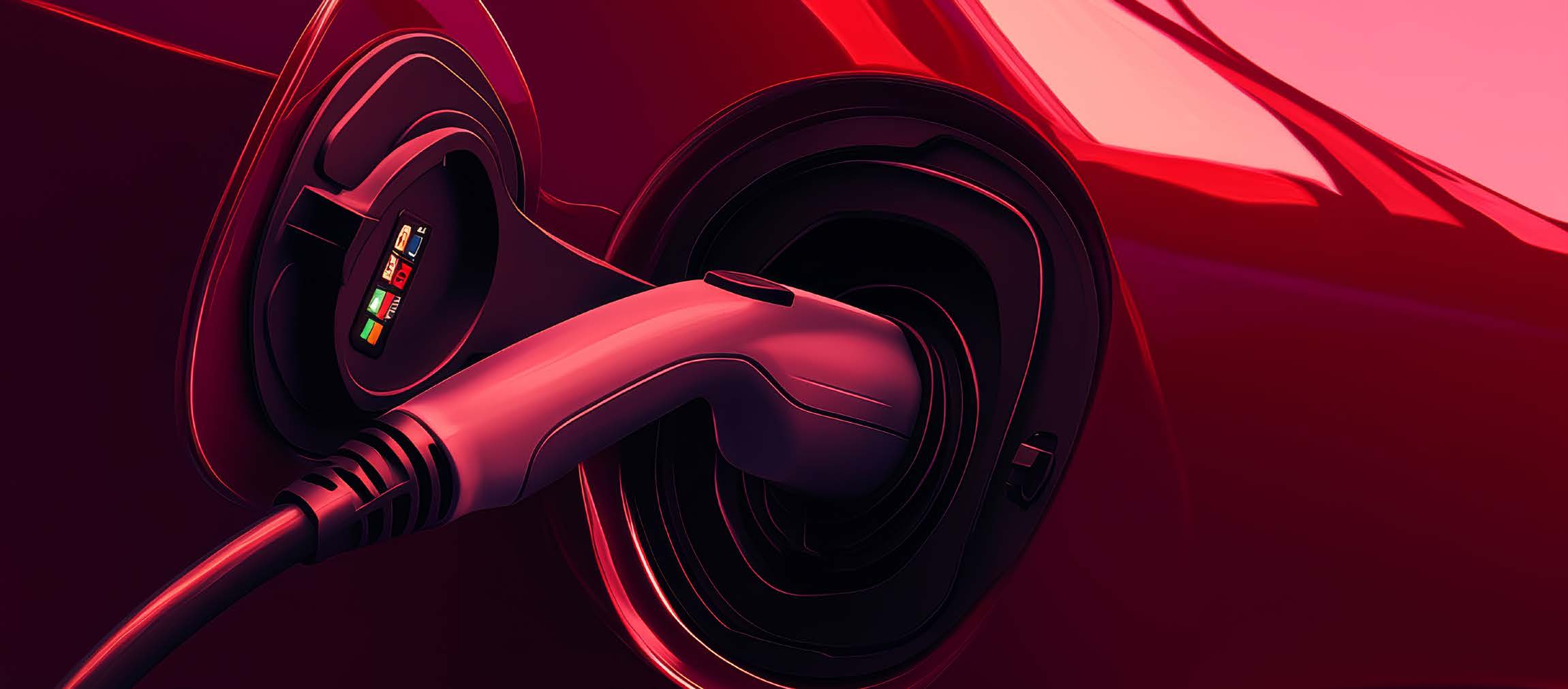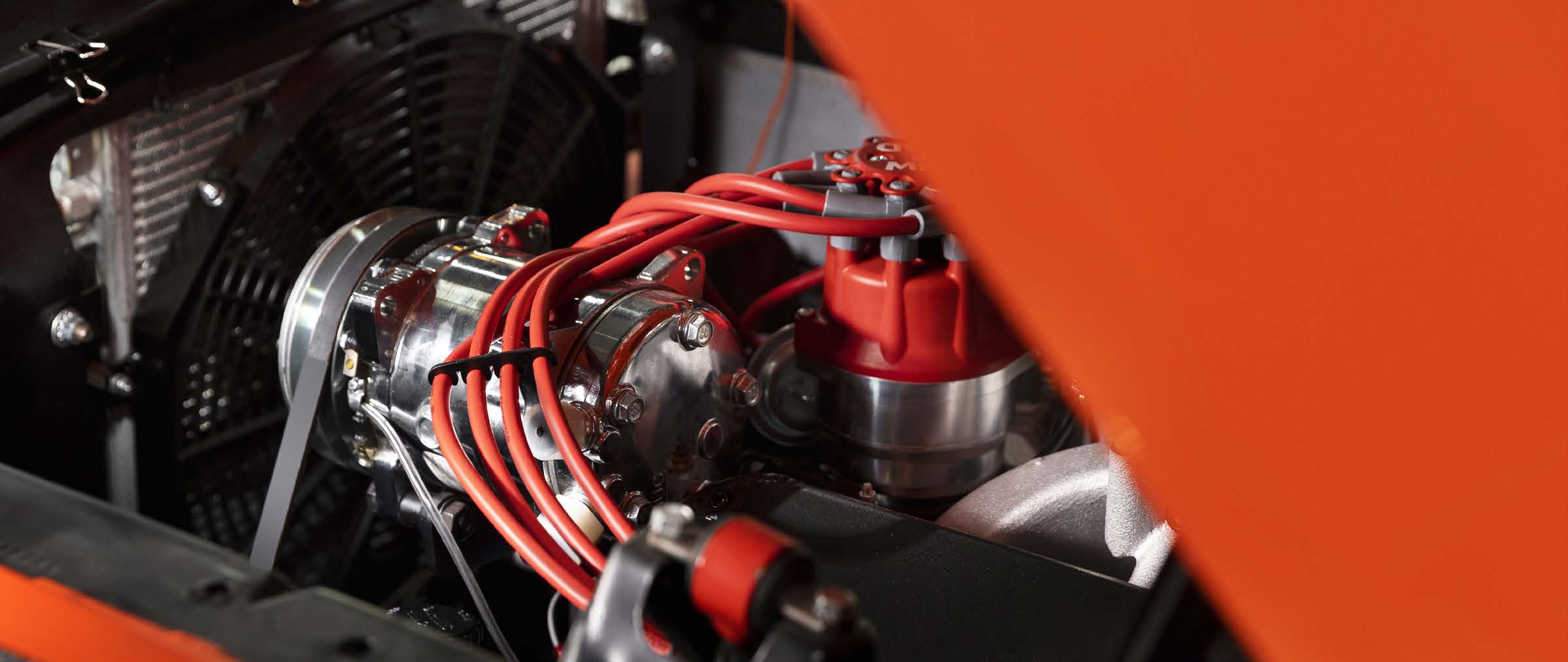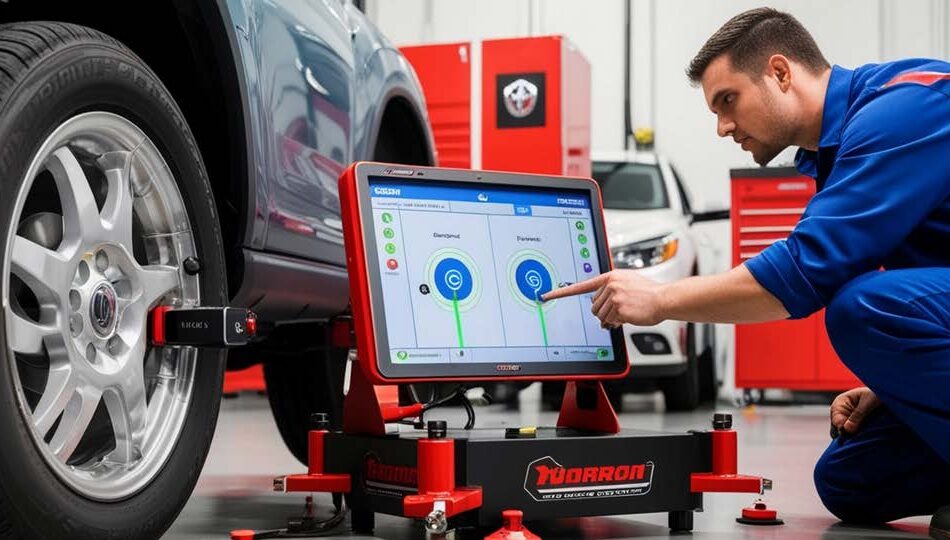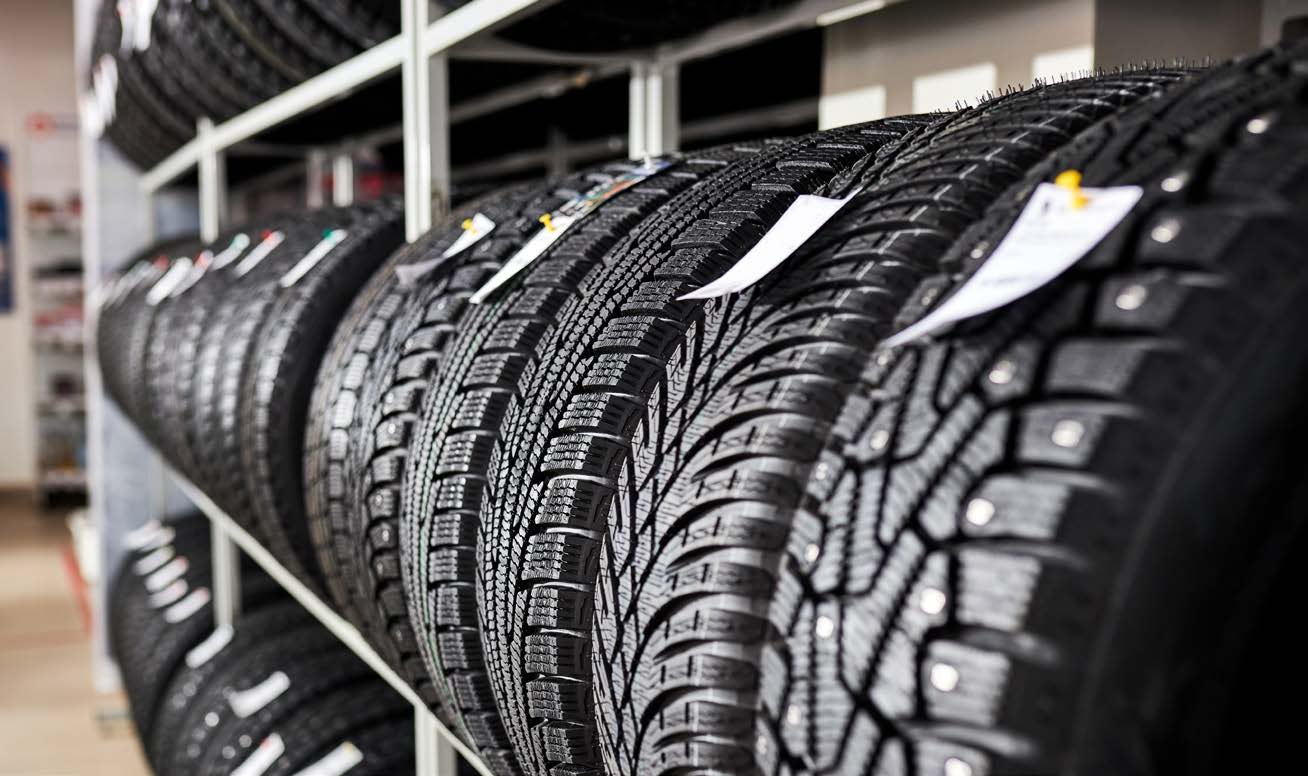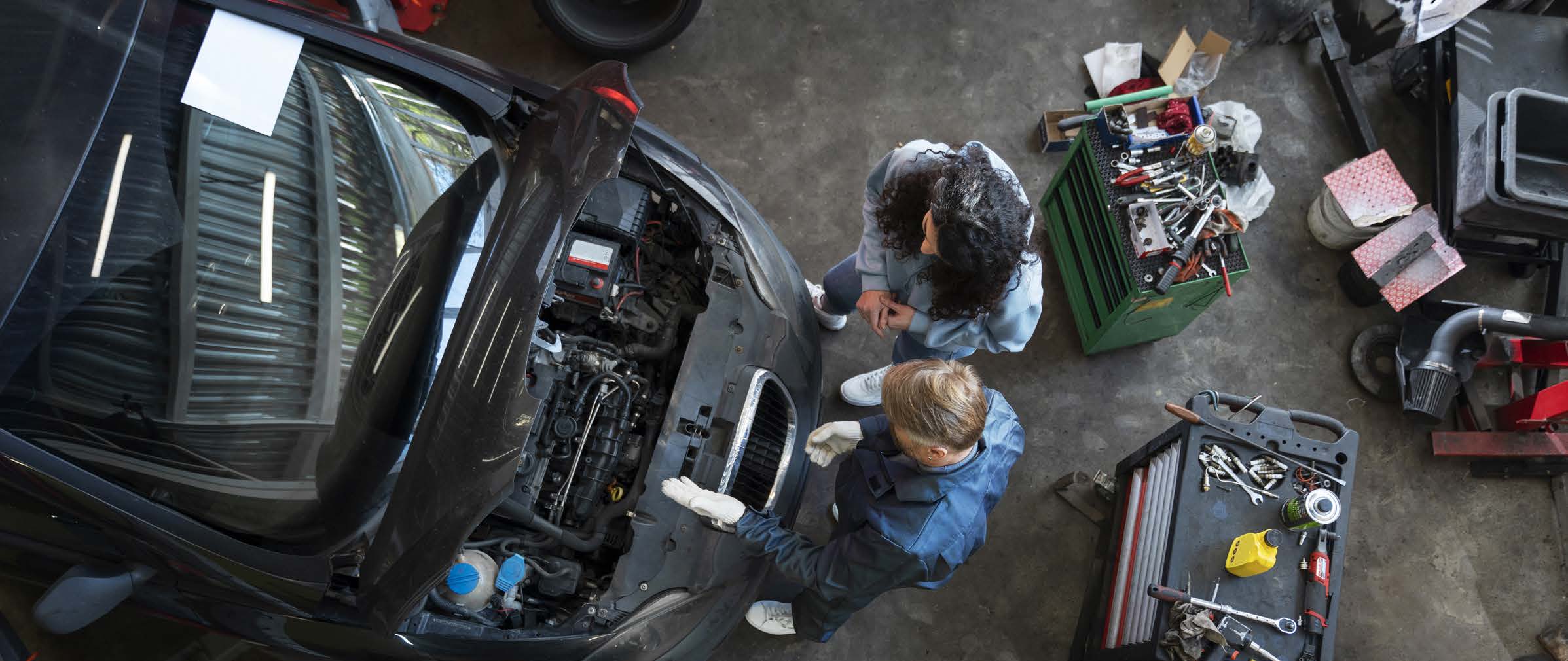The automotive industry is going through multiple transformations.
In addition to the energy and ecological transitions, the other major and structural trend is the advent of the software-defined vehicle (SDV). The SDV is particularly in evidence among certain Chinese manufacturers such as X-Pen, Leap Motor, or the occasional Western firm such as Polestar (Volvo group).
Software defined vehicle, a new industry standard
In an SDV, the vehicle is built around a central operating system (or OS, a bit like Microsoft Windows in home and office computing), which redefines its conception and how it works.
The driver becomes a user interacting with the vehicle via an interface, while all the updates happen over the air (OTA), as is commonplace with our mobile phones today.
The OS coordinates the interactions with the vehicle’s components, collects data to improve the user experience, and ensures the car is safe on the road
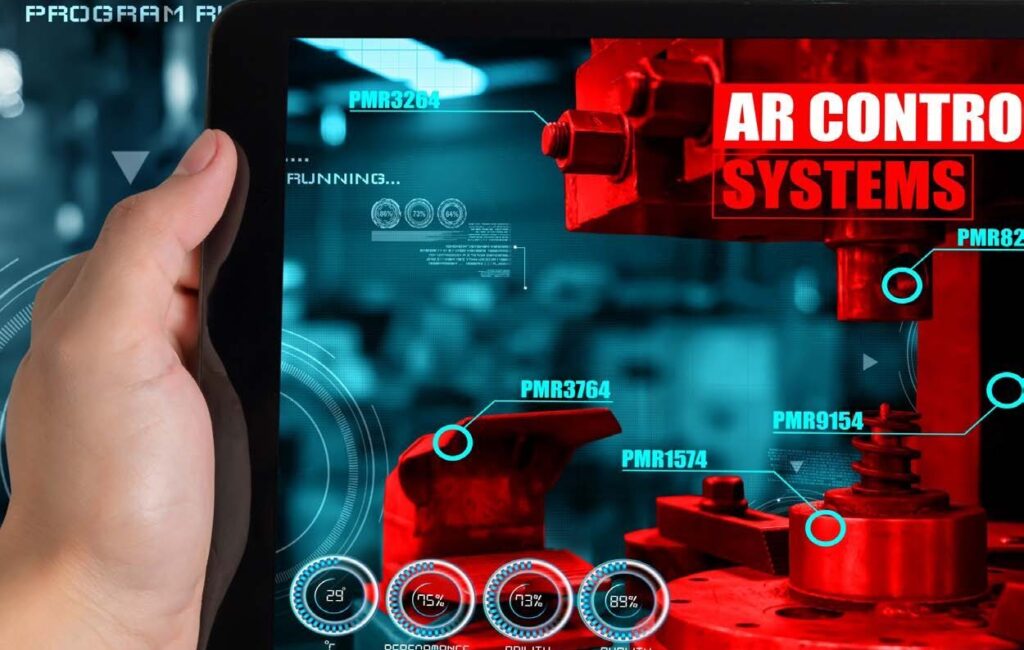
The changing business model of automakers
The features are continually enhanced throughout the life of the vehicle. The added value of the car thus shifts from purely mechanical performances such as road handling and comfort, to digital tools and embedded services. This transformation is a gamechanger for the business model of car makers, who have to adapt to the growing connectivity of vehicles.
Their profession is changing at pace as they are required to learn more technological skills. The example of Volkswagen is particularly enlightening: after spending several years
investing heavily in an attempt to create their own software-defined vehicle, the group threw in the towel in 2025, preferring to pour 5.8 billion dollars into the American firm Rivin, which produces its own SDV. Tesla, meanwhile, has produced its own proprietary OS.
Major new market entrants challenging traditional parts suppliers
The SDV brings with it new technological and electronic architectures for vehicles. Traditional parts suppliers will probably have to face up to competition from the current leaders on the smartphone and tech markets: for the operating system, Google and Apple are already part of the scenery (e.g.: Google for Volvo AB and the Renault group).
For component manufacturing, Foxconn, Qualcom or the Franco-Italian firm STMicroelectronics (semiconductors). For the graphic interfaces and the touchscreens in the cockpit: NVIDIA, AMD, Samsung
Artificial intelligence, the ally of autonomous driving
Artificial intelligence (AI) is based on so-called ‘neuronal’ networks of computer processors which reproduce the way a human brain functions. Based on learning through the millions or even billions of items of information constantly fed to it, AI will play a central role in the development of autonomous driving.
It will enable vehicles to analyse their environment in real time thanks to the processing of data from sensors (camera, radar, lidar) and amalgamating this data to create a coherent and detailed picture of the situation.
AI will also help predict the movements of other road users (pedestrians, cyclists, cars) and optimise decision making for smoother and safer driving.
The automatic learning algorithms (neuronal networks) are essential to train the systems in millions of scenarios, so that they can react appropriately to unexpected circumstances. AI will also help improve maps in real time, manage travel itineraries and communication with other vehicles (V2V) or infrastructure (V2I).
By incorporating this progress, AI becomes the brain of autonomous vehicles, enabling them to continuously learn, adapt and evolve.
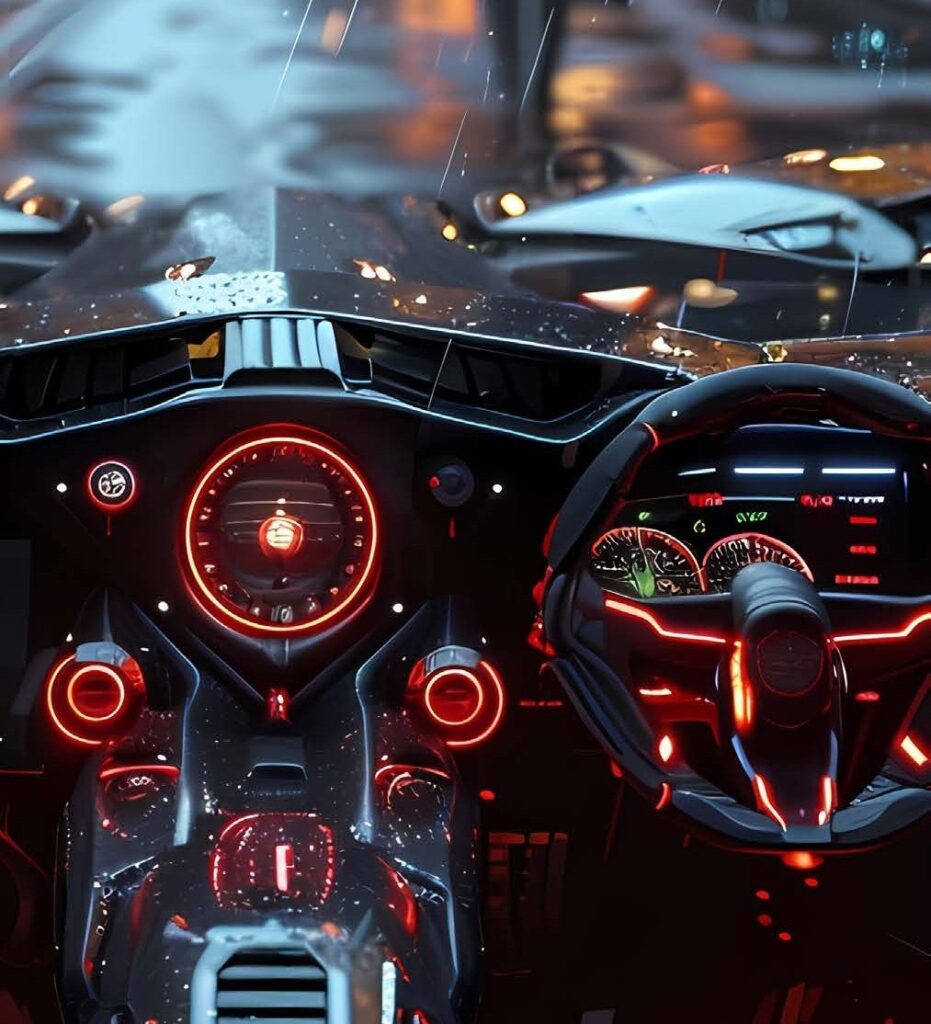
All the strategic issues relating to these digital technologies of the future will be presented at EQUIP AUTO Paris 2025, most notably in the Tech Village
Connectivity, Autonomous driving, Infotainment
1.99 MoDownload
